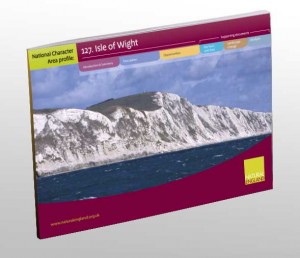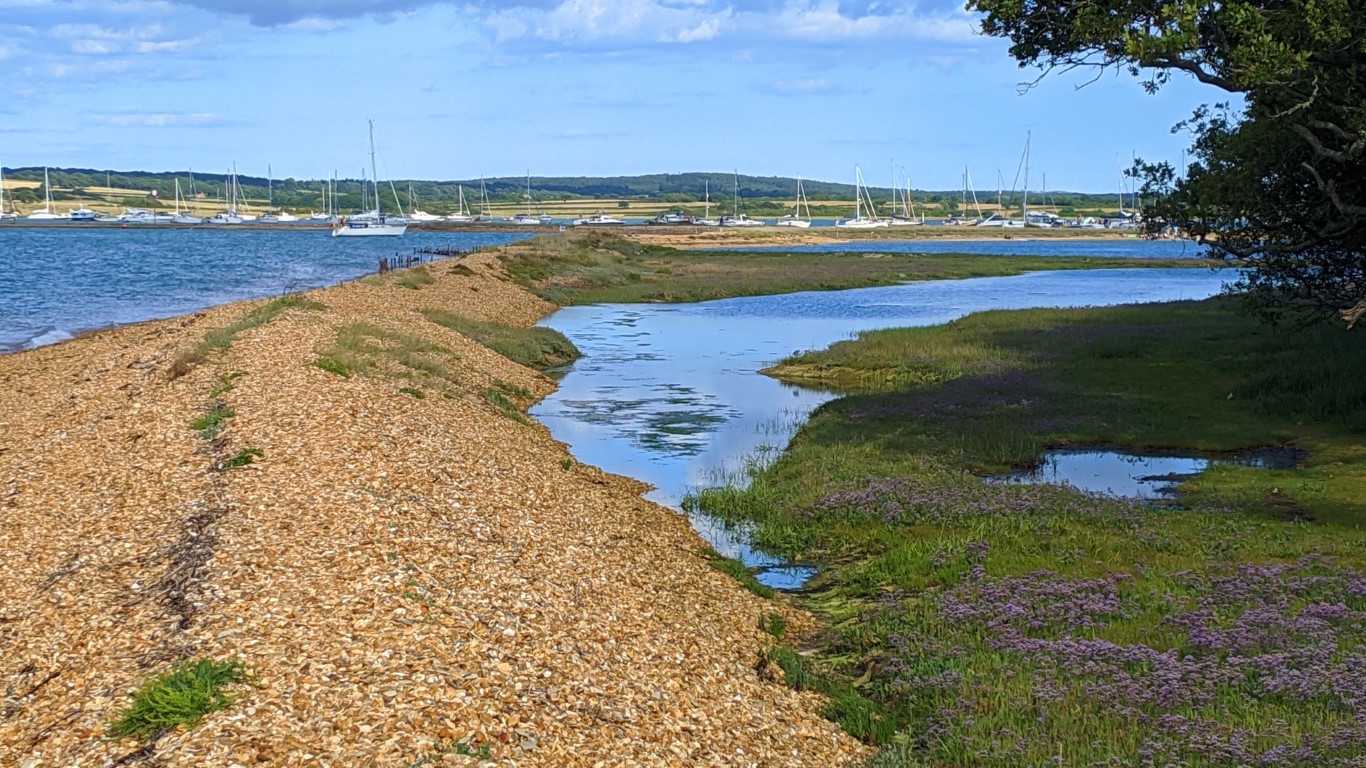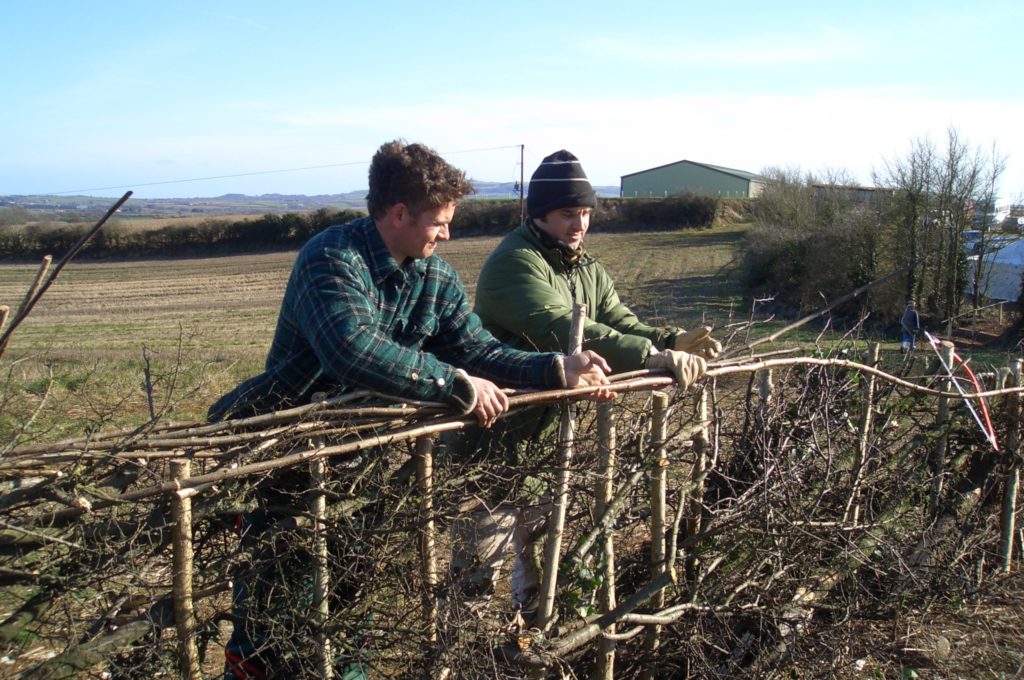Isle of Wight Natural Area profile: what it is and why you should read it
- Complaining about the Mainland - 17th August, 2024
- New island designation – is it just greenwash? - 26th April, 2024
- Police and Crime Commissioners – a solution or a problem? - 21st April, 2024
The government’s advisor on the natural environment, Natural England, has just published the long-awaited Natural Character Area profile for the Isle of Wight. Sounds dull? It isn’t. NCA profiles are being compiled for the whole of England, and each one is an in-depth analysis of the landscape, wildlife and human activity within one of England’s 159 Natural Character Areas. It’s not an action plan but it does have some “Statements of Environmental Opportunity” which mostly prove to be longwinded ways to make some pretty obvious suggestions for priorities if we want to conserve and enhance our natural area. And given how we have done so far, obvious suggestions are not at all a bad thing.
Sounds dull? It isn’t. NCA profiles are being compiled for the whole of England, and each one is an in-depth analysis of the landscape, wildlife and human activity within one of England’s 159 Natural Character Areas. It’s not an action plan but it does have some “Statements of Environmental Opportunity” which mostly prove to be longwinded ways to make some pretty obvious suggestions for priorities if we want to conserve and enhance our natural area. And given how we have done so far, obvious suggestions are not at all a bad thing.
The Isle of Wight NCA profile is now online for everyone to read, and it’s a substantial document at 81 A4 pages.
So who should read it? Anyone who has anything more than a casual interest in the Island’s landscape and wildlife, certainly. It has a lot of detail in it about the natural history and geology of the Island, as well as human activity and much more. There are a few mainlanders’ howlers (a reference to “urban areas around Totland and Newtown” being one; and a mention of wind farms being constructed in the early 21st century being another – surely a cut-and-paste error) but mostly it’s got information which is just good background reading. Did you know, for example, that on the Isle of Wight between 1999 and 2003, 258 ha of new woodland planting was approved under a government grant scheme? That’s the sort of data nugget this text is full of. It’s not exactly unputdownable but for casual flicking through it’s great, and I guarantee you will learn new stuff about the Isle of Wight.
There’s also another, strategic, purpose to the document. Anyone who’s involved in planning of anything at all on the Island which might have an impact on the environment is also going to want to read it. This isn’t a document with lists of Acts, protected species and statutory designations to pay heed to – although they are referred to. It is instead a broad-brush picture, a surprisingly strategic and sometimes thoughtful analysis of things that Natural England thinks we ought to be taking into account when deciding what to do – and why. Whether you agree with what they say or not, that’s a useful thing to know because Natural England also has a major input into many statutory decision-making processes that will have a big effect on the Island, for example planning applications for windfarms, coastal protection work, new housing developments and other things that make people sit up and pay attention. So this document is likely to be referred to for years to come in many ways, including the most contentious and important landscape and wildlife decisions. Let’s hope it proves adequate to the task.



